Omelette w/ Pear, Spinach & Chèvre
I have come home with an enormous amount of pears. As much as I like to eat them just for a snack? I also like to see where I can cook with them. Especially because fruit so easily gets lumped into the sweet category. As much as I like sweets, I'm really more of a savory person. Hence the omelette that combines all of my favorite savory pear-related ingredients! I've paired this pear omelette with sweet potatoes, spinach, and chèvre.
There are plenty of other ingredients that go incredibly well with a pear omelette. Any number of leafy greens and root vegetables. I'm particularly fond of sweet potatoes because they also toe the line between sweet and savory dishes. Especially since it goes so well with spinach. The real wild card here is the type of cheese. You could easily mix and match it with brie or an aged cheddar. I also topped mine with avocado just to be a little extra decadent! Although this is a great recipe to throw together what you have on hand or to fit your own personal taste.
Gallery
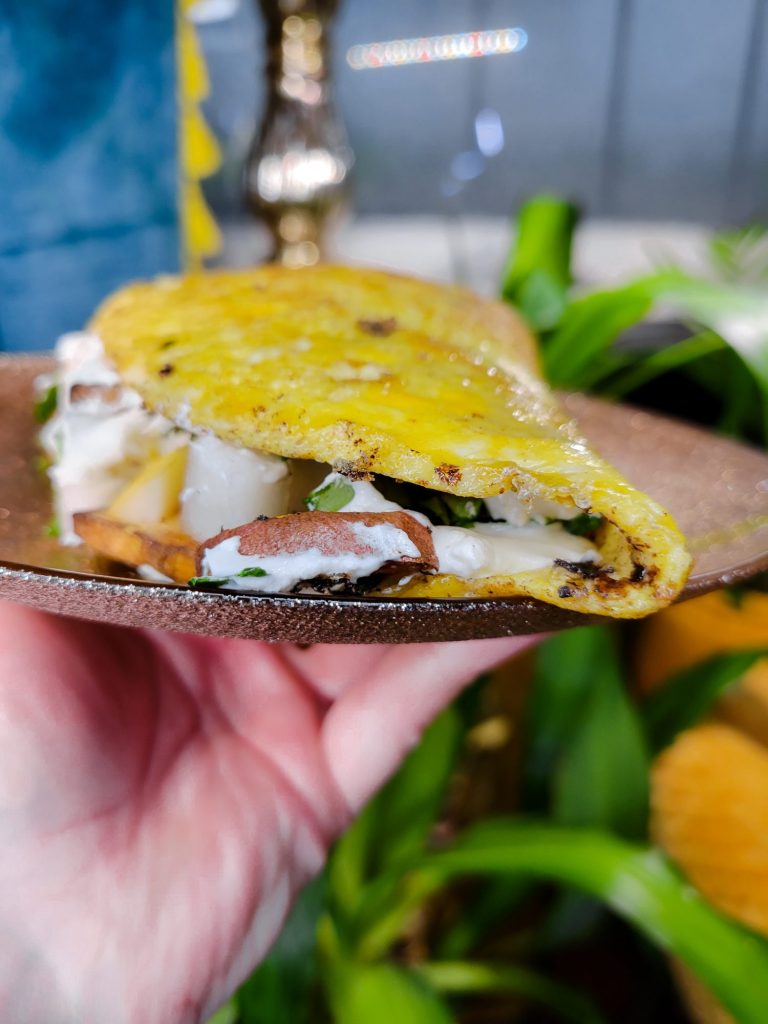
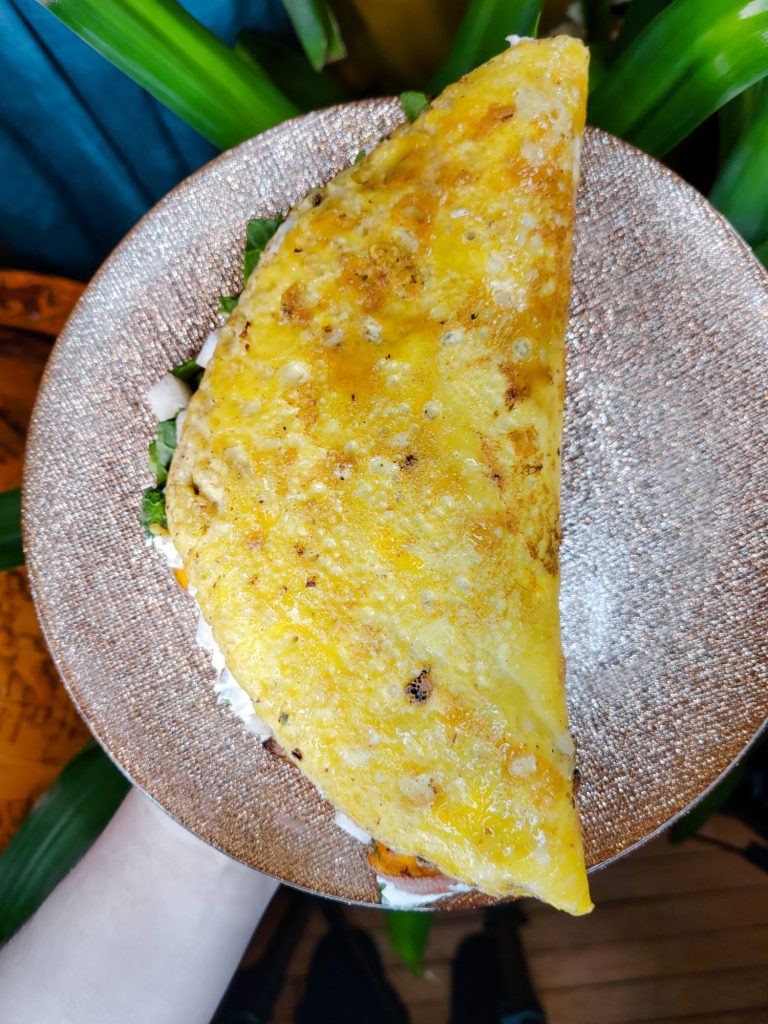
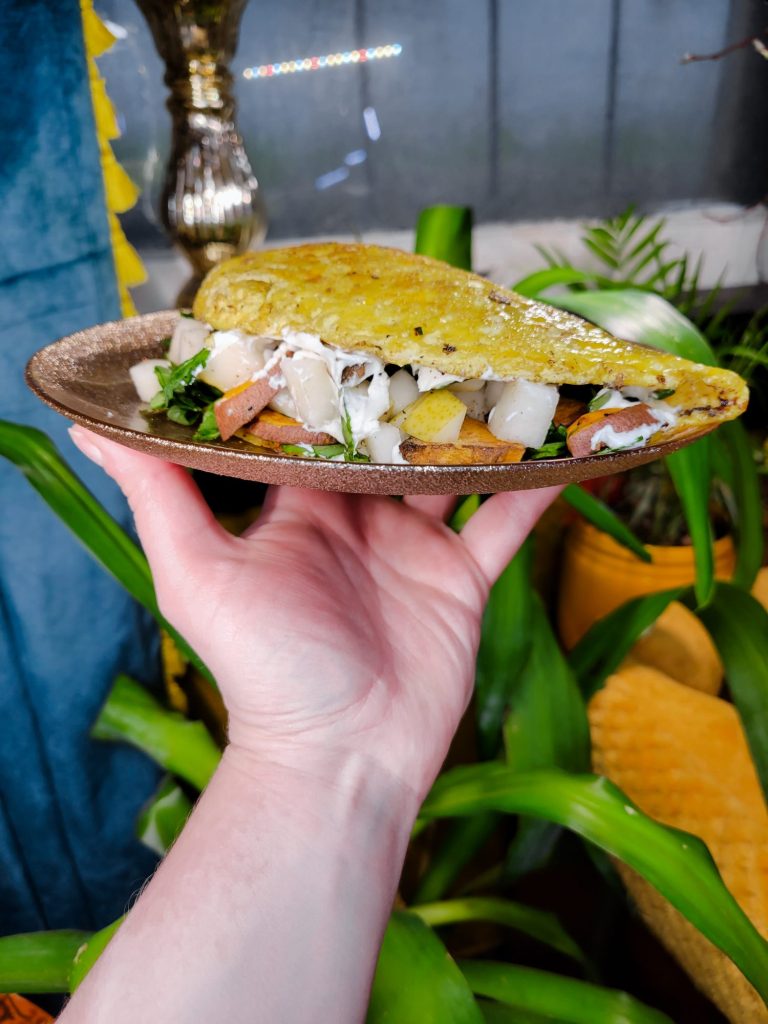
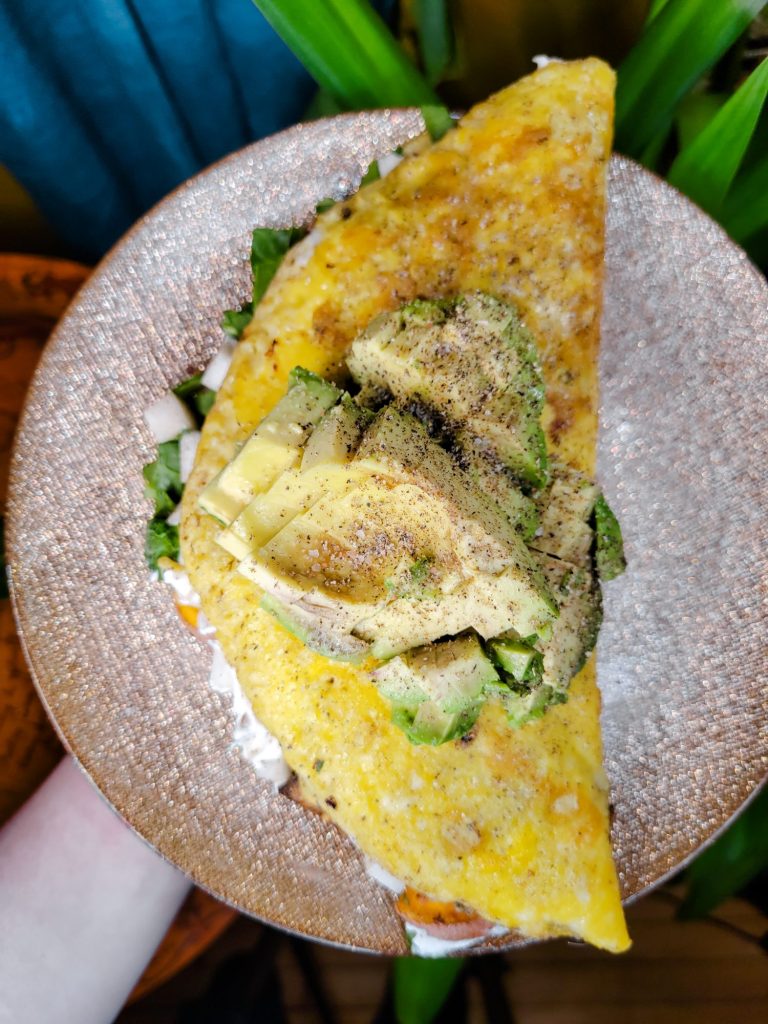
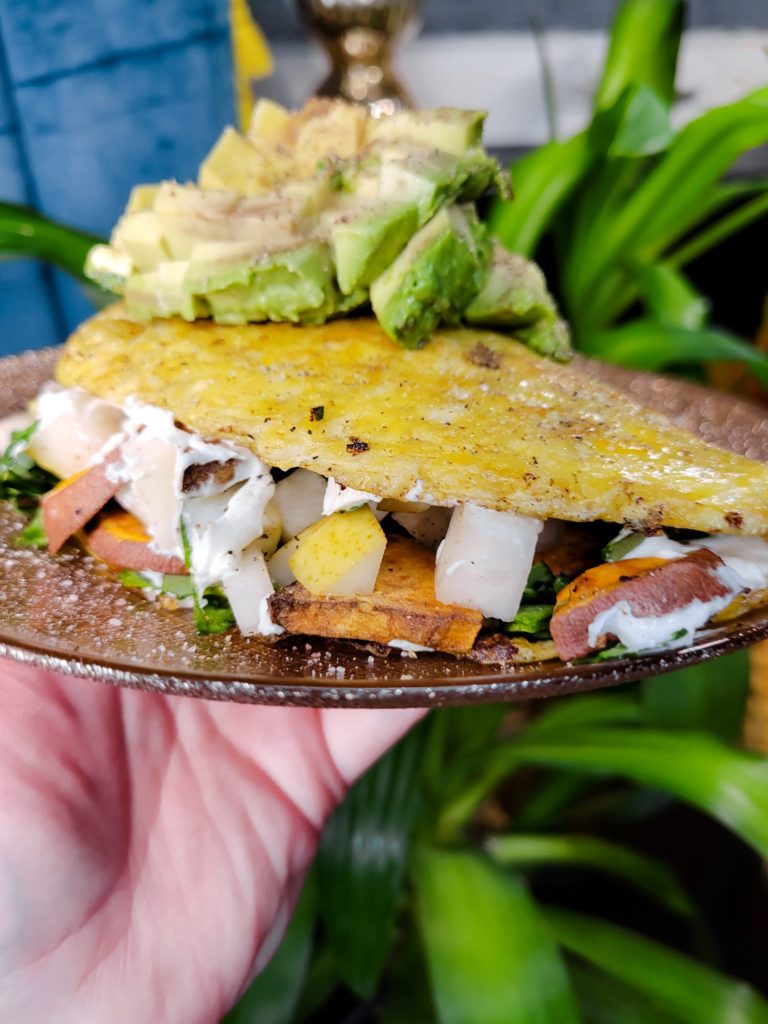
Variations of Pear Omelette
I'm incredibly fond of throwing everything that I have together in an omelette. Lately I've been on a little bit of an avocado kick! Although I tend to do that every year during the height of avocado season. Nevertheless, the creaminess of avocados pairs incredibly well with omelettes. There are plenty of other sweet and savory ingredients to play around with. I've gone with pear as the star of this omelette, but spinach, potatoes, salmon, and plenty of other fruits, vegetables, and cheeses fit perfectly into this quick and easy breakfast dish.
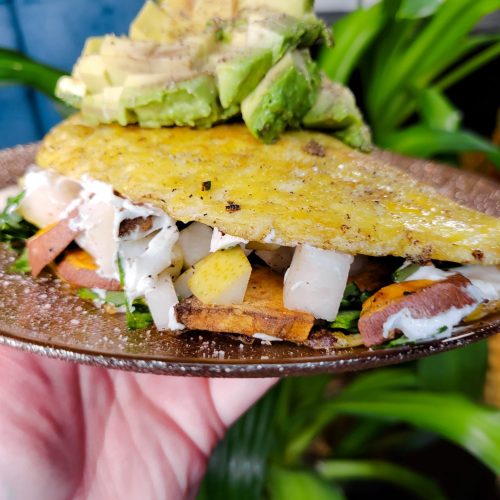
Omelette w/ Pear, Spinach & Chèvre
Equipment
- Skillet w/ Lid
- Stovetop
- Small Bowl
Ingredients
- 1/2 sweet potato
- 3 eggs
- 2 tbsp. chèvre
- 1 c. spinach chopped
- 1 pear diced
- 1/2 avocado diced
- dash salt
- dash pepper
Instructions
Cook Sweet Potato
- Preheat a skillet on medium with a splash of olive oil.I use a cast iron skillet and don't need a lot of oil. Particularly because sweet potatoes don't absorb as much oil as other types of potatoes do. If you're using another type of skillet, you might need more oil. I like to start with a very thin layer, just enough to cover the skillet, and then add more as needed while cooking.
- Add sweet potato to skillet. Stir to coat with oil. Cook covered for about 15-20 minutes, or until tender and lightly browned. Making sure to stir frequently.If it browns too quickly, add more oil and lower the temperature. If it doesn't brown quickly enough, increase the heat.
Omelette
- Remove the sweet potatoes and turn the skillet down to medium-low heat.
- Meanwhile, crack eggs into a bowl and whisk until fluffy.
- Add eggs to the pan and reduce heat to low.It should sizzle a bit when you add the eggs, but shouldn't immediately deep fry. If it cooks too quickly, remove from heat and gradually reheat until low again.
- Add sweet potatoes, spinach and pear evenly across the eggs and add the lid.
- After the egg barely starts to set and is no longer runny, then add the cheese.
- Cook covered until barely set, about 5-10 minutes.The goal is to achieve a golden brown on the bottom of the eggs, cooked through the center, while still slightly runny on thee top. Depending on your stove and type of skillet, you may need to turn the temperature down if they're cooking too quickly or up if they're taking too long.
- With a large spatula, gently fold one half of the omelette over to make a half circle.If it wasn't entirely set, some egg may drain out as you do this. If that happens, you can add the lid and continue to cook until set. Flip to the other side if it begins to brown too much.
- Dollop avocados on top of the omelette. Sprinkle with a dash of salt and pepper.
- Serve immediately.
Tips, Tricks, & Notes
- For more tips and tricks to making omelettes check out my article on The Fundamentals of Making Omelettes. Particularly why I don't recommend seasoning or adding milk, cream, and other thinning agents to the eggs before cooking, how to prevent the eggs from "turning grey," and why adding cheese at the wrong time can prevent the eggs from setting properly.
This Page Contains Edited Images
As a general rule, I don't like to edit images. Food styling, editing, alteration, and even faking entirely is just as rampant a problem in the recipe realm. Cooking is a very visual art and you can tell when a lot of foods are cooked based on the color. So, when this is altered and you can't use the coloration as a gauge, it makes it quite difficult to follow some recipes. I have an entire article about Food Styling and Unrealistic Expectations of Recipes. My place has very warm lighting, though. So, sometimes my camera overcompensates and ends up with an unnatural hues. I've adjusted the hues, levels, and/or cropped the following images:










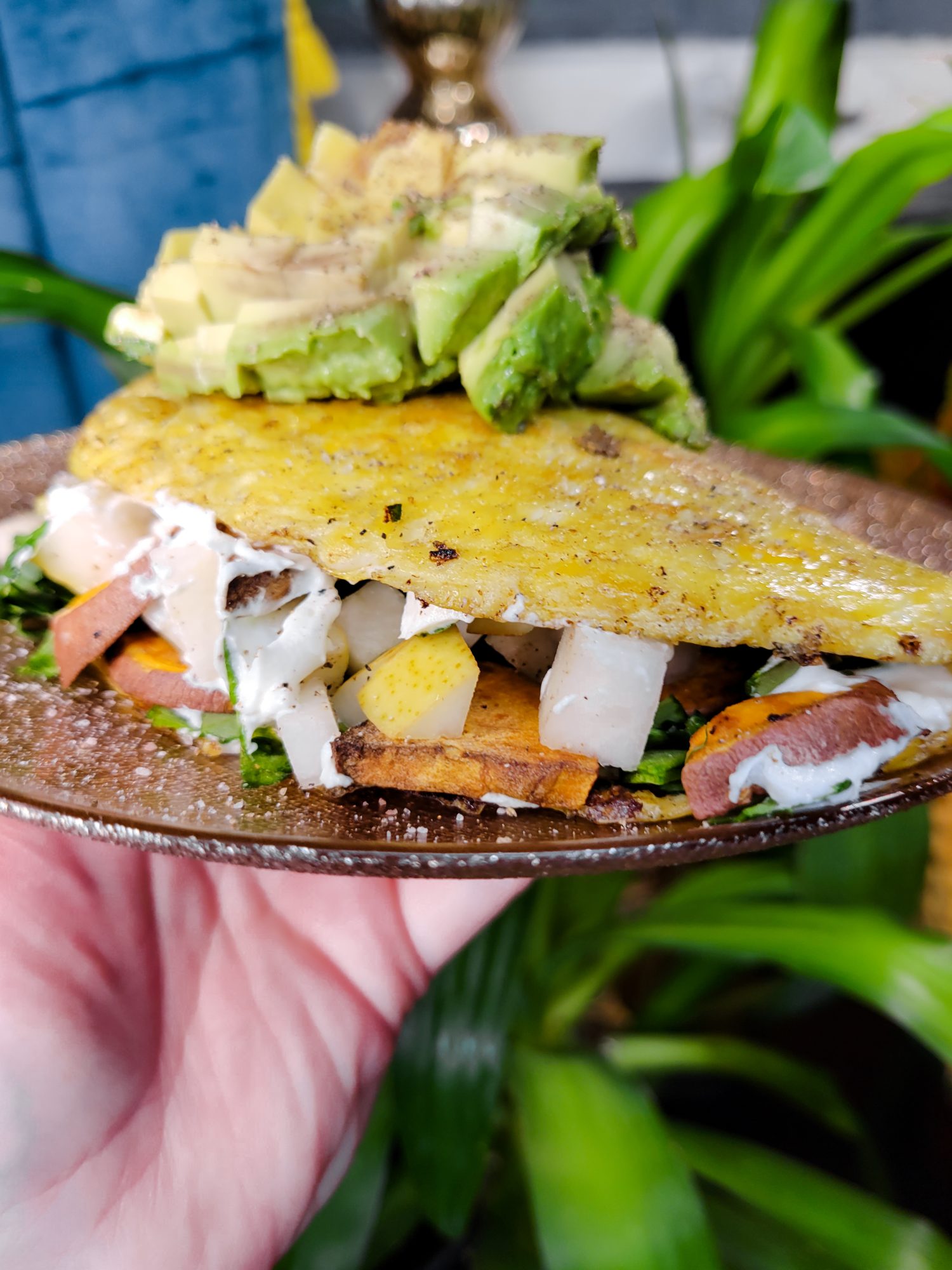
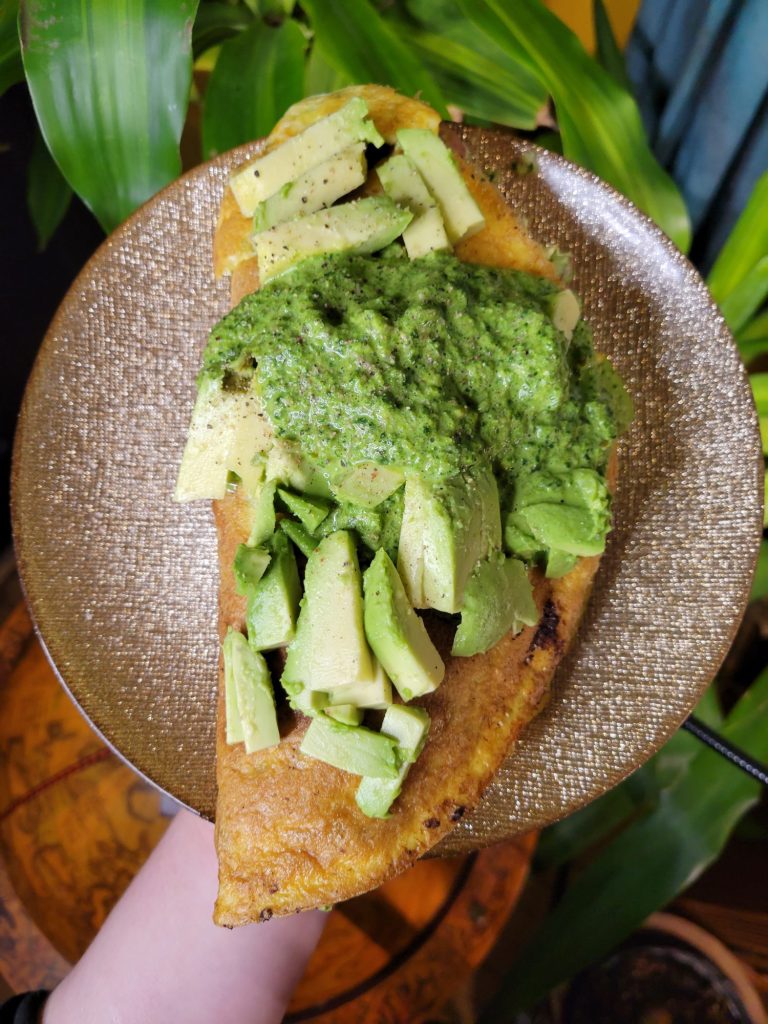
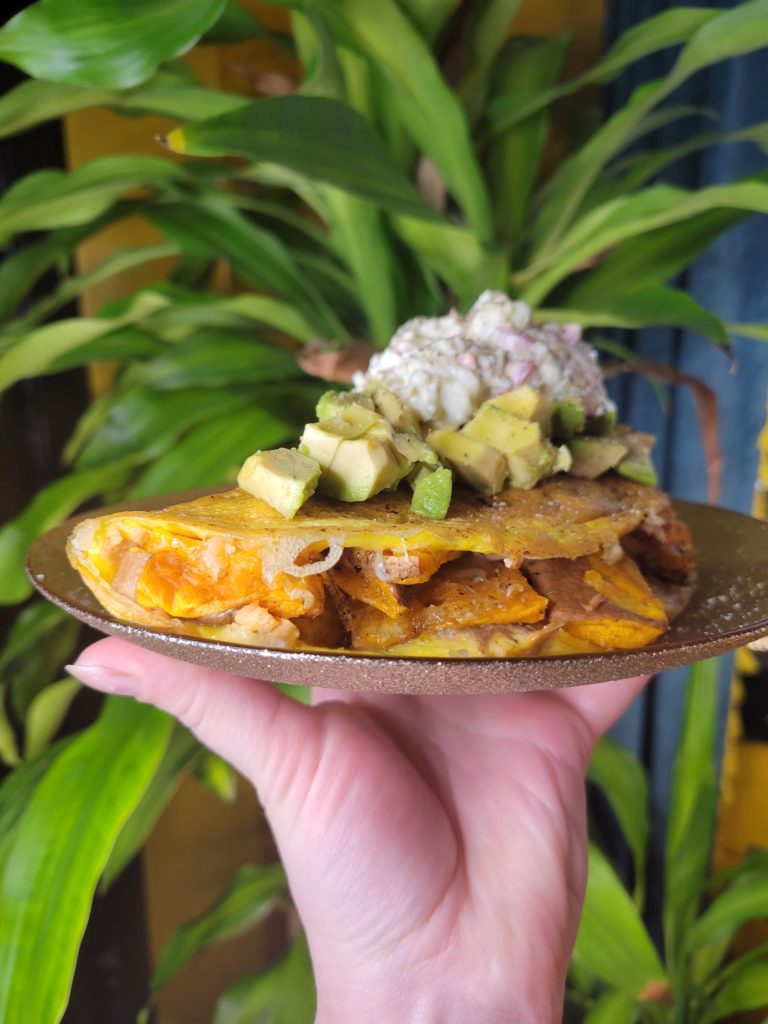
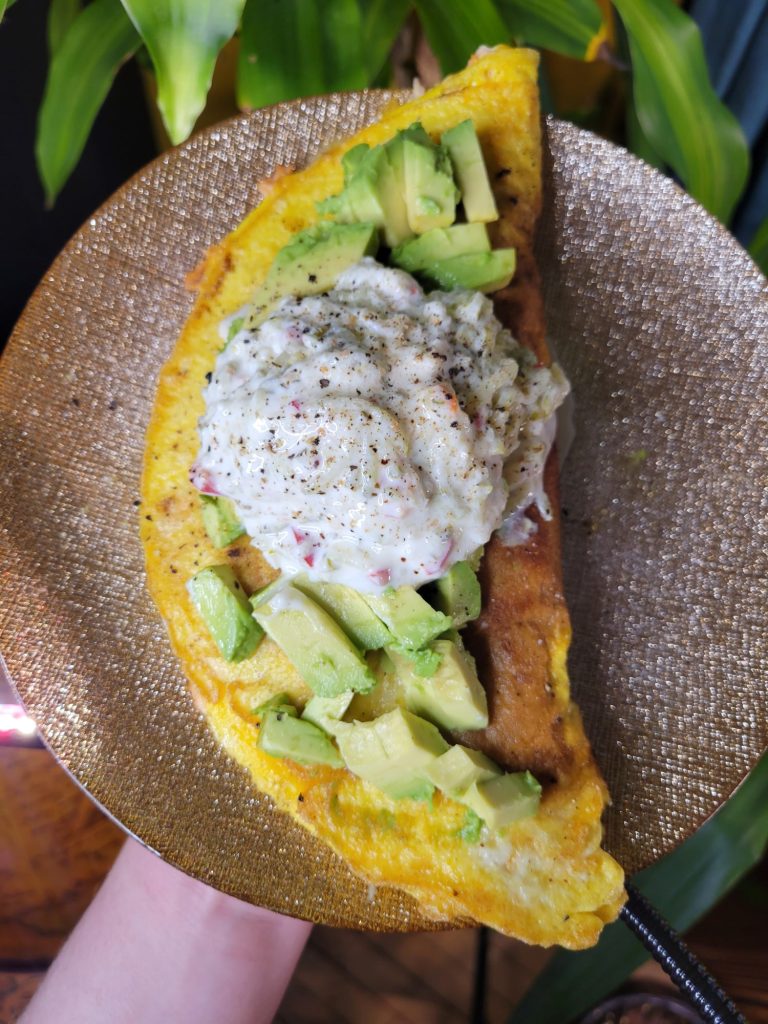
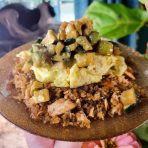
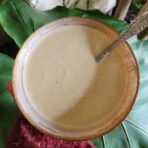
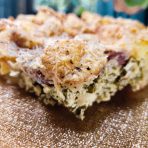
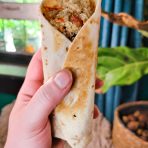


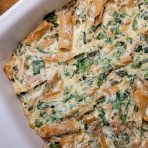
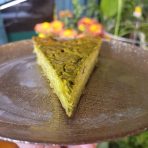
Leave a Reply